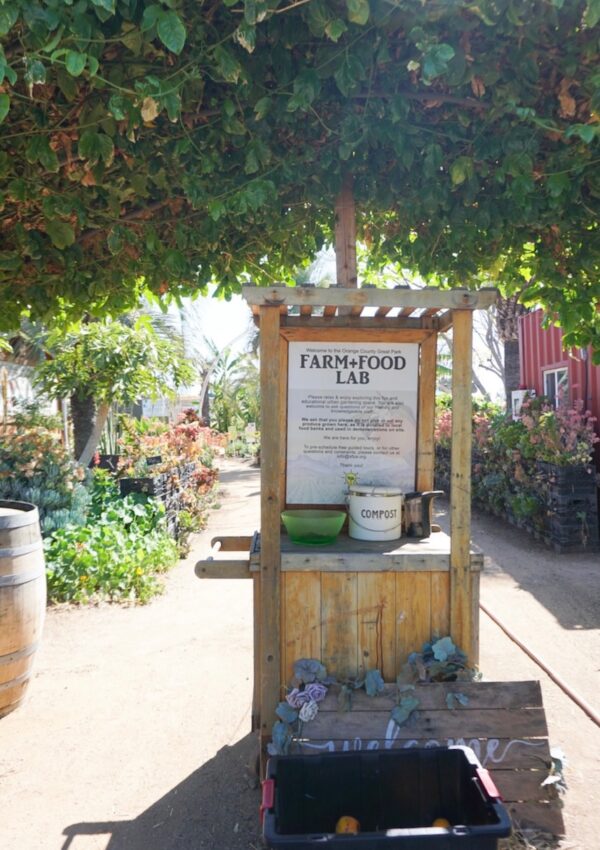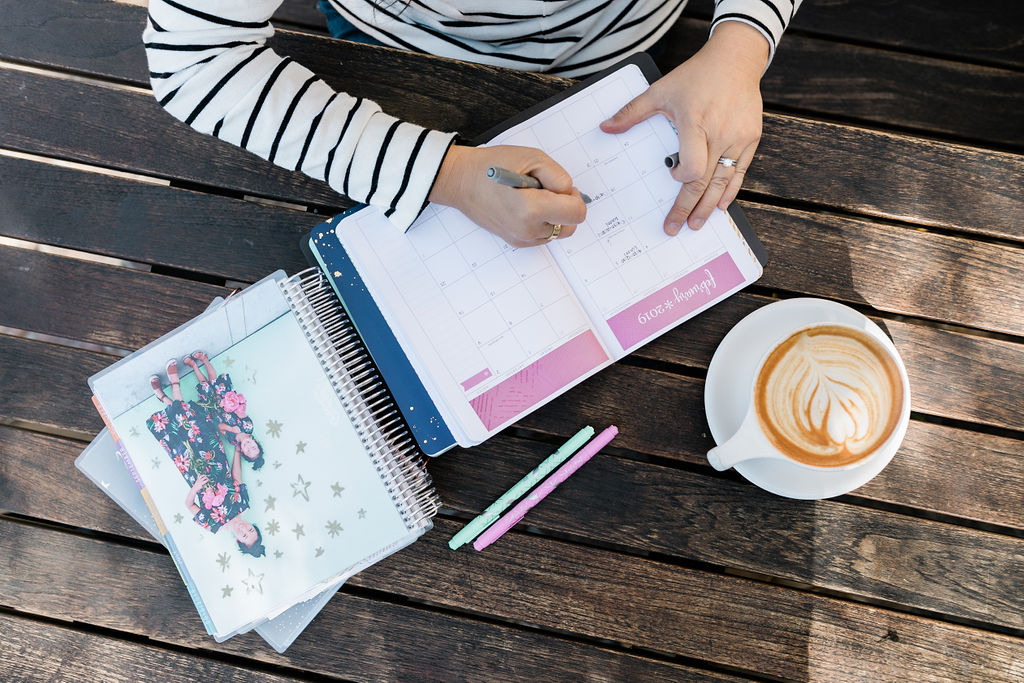I wanted to share with you guys a practical guide on how to homeschool. Some of you may have gotten a taste of school at home when your family was forced to learn from home this year. Some of you may have loved it and others might not have liked it very much.
I’m here to tell you that whatever you experienced in distance learning through the public school is not homeschooling in all its glory. Homeschooling is not about doing worksheet packets all day and filling up 6-8 hours with work. It is a way of life viewed through the lens of learning. It’s instilling within your child a love of learning and wanting to learn. Also remember- distance learning is NOT the same as homeschooling.
How to Get Started With Homeschooling
If you are with a Homeschool Charter School in California, you don’t have to file a PSA (Private School Affidavit.) The Homeschool Charter files all the necessary paperwork for you and gives you funding for curriculum. If you file a PSA, you are responsible for filing paperwork. I’m not that familiar with PSAs but I can get you more info if that is the route you will be taking!
- One of the first things you need to do is find out the laws regarding homeschooling because it varies from state to state. You can check the Home School Legal Defense Association. Some states are more restrictive than others.
- Next, you should check your child’s grade level standards to get a general idea of what to teach and use it as a guide. You can check the Common Core Standards Initiative or search your state’s grade level standards in Goggle. This is helpful to use to guide what you’ll be teaching your child. I know that some people like to “unschool” but I’m more traditional and believe that there should be a progression of what kids learn. I won’t teach my 2nd grader calculus if she can’t count. The beauty in homeschooling is the freedom and flexibility it gives you but I believe that age and developmentally appropriate skills should be taught.

- Figure out what type of homeschooler you are. There are different quizzes you can take to figure out your teaching style. I like this one from Eclectic Homeschooling.
- Choose curriculum that will work on academic skills for your child that is developmentally appropriate/at level. I say academic “skills” vs. grade level because your child could be ahead or behind grade level wise. So use curriculum that will help work on the skills versus following strict grade level standards. Standards should be a guide for instruction/teaching. I like to check Cathy Duffy Reviews for her review of various homeschool curriculum. I feel like she is unbiased and lays out the good and bad.
- Join local Facebook Homeschool groups. I usually search for my state, county, and city. I also try to join homeschool groups for whatever curriculum I have chosen and that helps me connect with other homeschooling families. It also helps me to look for any answers to questions I may have.
How to Homeschool
After you’ve done those 5 things, you’re ready to dive into homeschooling! But how do you homeschool? Here’s how to homeschool:
Establish a routine vs. a strict schedule. We have a general idea of things we will do during the day. We work on language arts (writing, reading) and math every day and rotate between science, social studies and art.
Be organized and have a plan for the week. The curriculum I have chosen for this year is called Moving Beyond the Page. It has lesson plans and activities for me to follow so I can use that to help guide me. I can also add additional materials if necessary. I try to have a general idea of what I will be doing at the beginning of the week. Then I can add other activities I want to work on. Here is my blog post of 70 FREE Homeschool Resources where you can find things to supplement or even curriculum for various grade levels.
Have a space to do school. It doesn’t have to be a beautiful Pinterest-worthy room or space. A kitchen table would be fine or even a lap desk or small table or desk. It’s important to have sufficient light and a place to sit when you’re working. I’m more practical than perfection or picturesque. If you don’t have a lot of space, even having a container or a bag filled with school stuff would be fine!
More Resources and Blog Posts
Those are the basic things to do. I have additional tips and resources here:
- 10 Tips From a Former Teacher Turned Homeschool Mom
- Suddenly Homeschooling
- Homeschool Organization
- Homeschooling My Kindergartner
- Favorite Preschool Activities
- Things to Buy
Hopefully this post helps answers some questions on how to homeschool. It takes years to get into a flow but the beauty of it is the flexibility and the ability to instill within your child a love of learning. Homeschooling to me is a lifestyle where education and learning is infused into your life. Traditional school is just going to a brick and mortar school for a set amount of hours. I love that in homeschooling, you can make anything and everything educational. You can make family trips a learning experience! Let me know if you have any questions!














